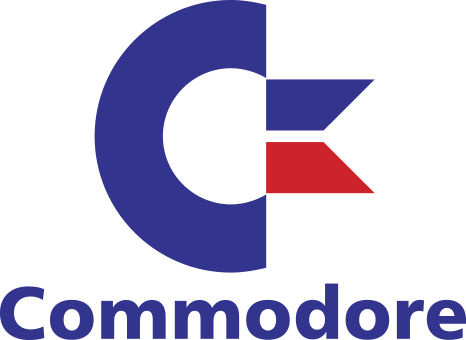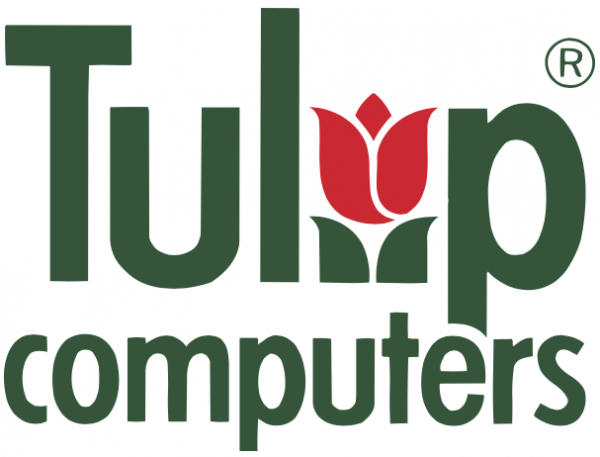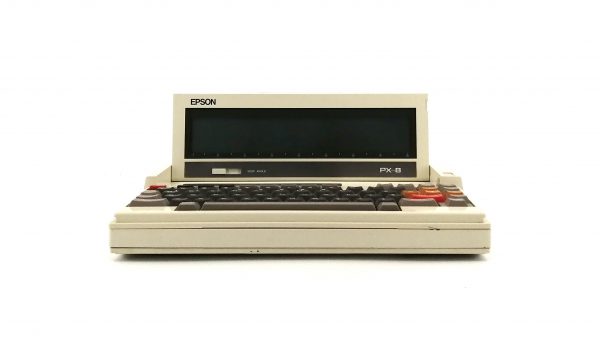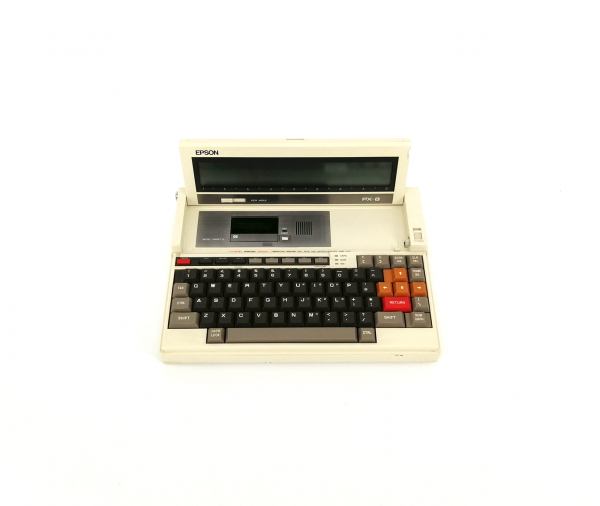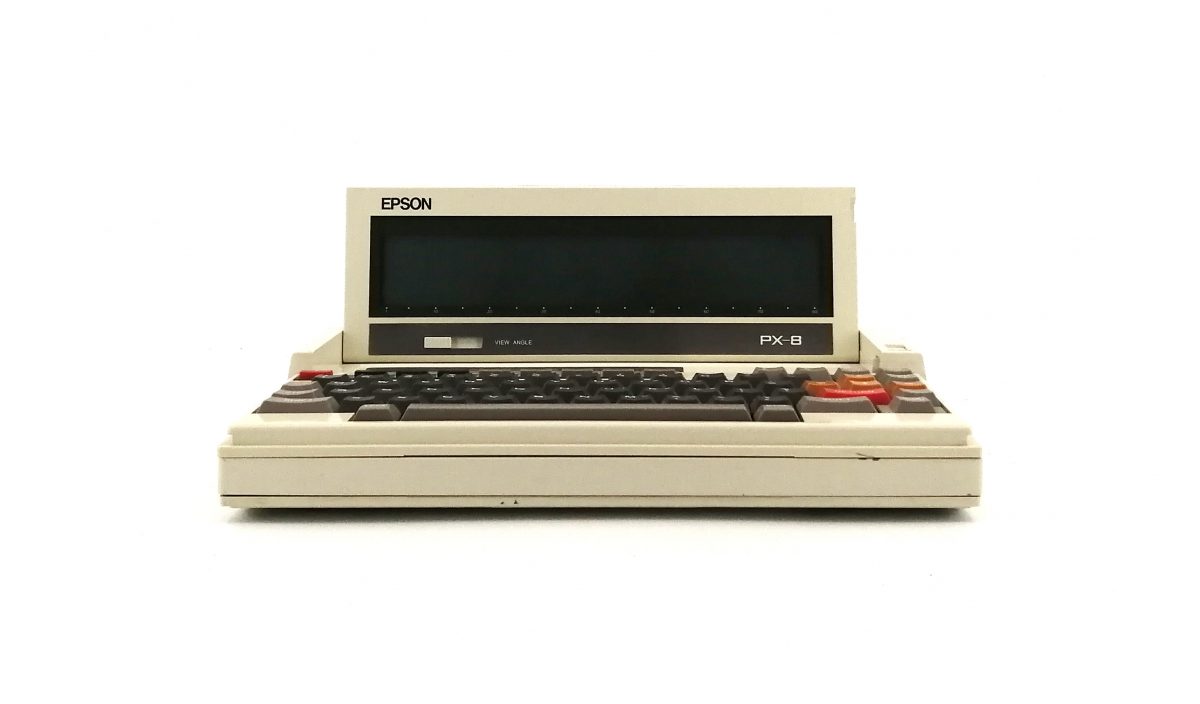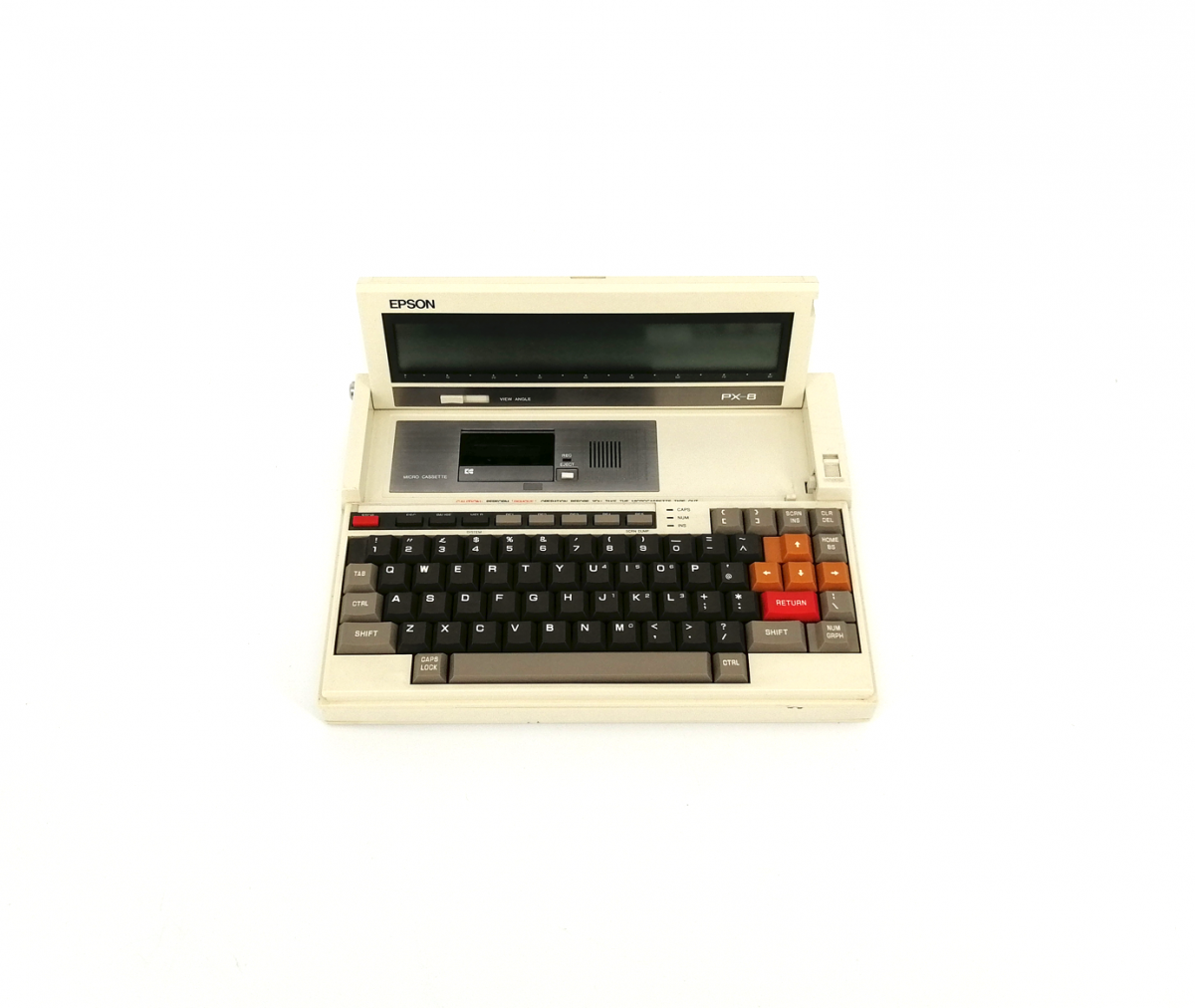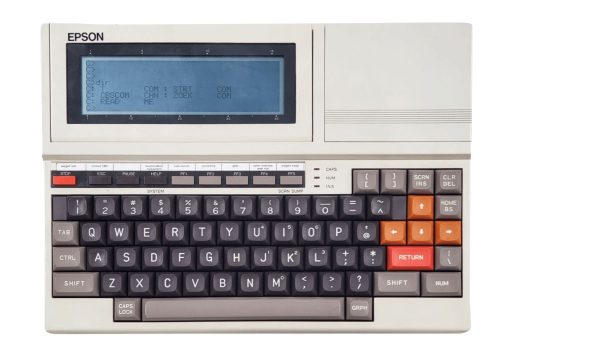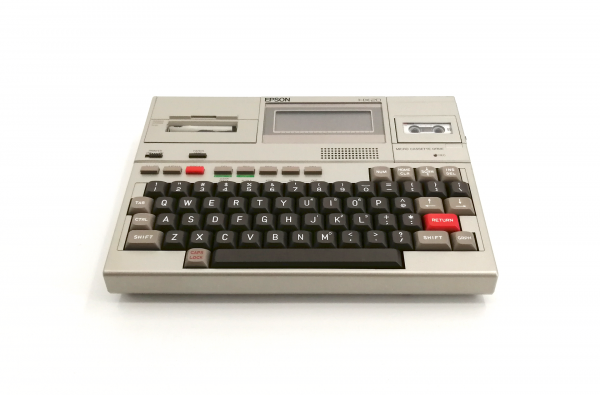Epson PX‑8
One of the successors of the first real laptop, the HX-20 and thus the first real business laptop. This Z80-based machine therefore runs CP/M.
Epson PX‑8
One of the successors of the first real laptop, the HX-20 and thus the first real business laptop. This Z80-based machine therefore runs CP/M.
CP/M, like several applications, was contained in a few ROM cartridge slots that were treated as disks. For file storage, it had a built-in microcassette drive.
The PX-8 did not have an internal disk drive, and instead could either partition the memory into application memory and a RAM disk, or connect an external 60 KB or 120 KB intelligent RAM disk module (internally 64K and 128K, but some used for the processor). The intelligent RAM disk module had its own Z80 processor with a backup battery.
The PX-8 had an 80-column by 8-line LCD screen, which was monochromatic and unlit. It used an internal nickel-cadmium battery and had a battery life of 6-8 hours when using word processing software. An extra battery provided backup for the internal RAM.
A number of proprietary accessories were available, including a portable printer, barcode reader, and an early 3.5-inch floppy disk drive, the PF-10. The HX-20's disk drives could also be used. A number of applications were available for the ROM cartridge slots: Basic, CP/M utilities, Portable WordStar, CalcStar, Scheduler, dBase II and Portable Cardbox-Plus.
The PX-8 was not initially a commercial success, especially when compared to the TRS-80 Model 100 portable computer, but achieved greater success after a large number were sold at a discount in the United States through the DAK catalog.
Combining some of the features of its predecessors, the PX-8 is portable, battery powered and the QX-10 is CP/M compatible.
In 1985, Epson introduced the PX-4, combining features from both the PX-8 and HX-20.

